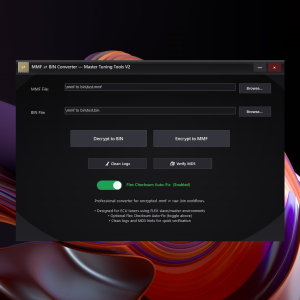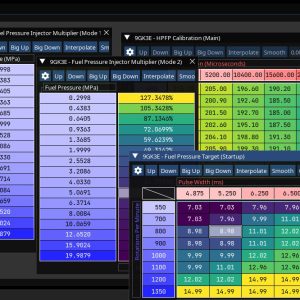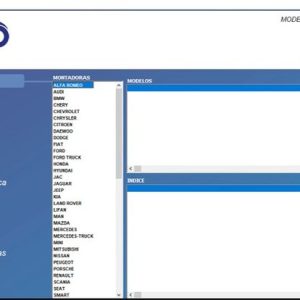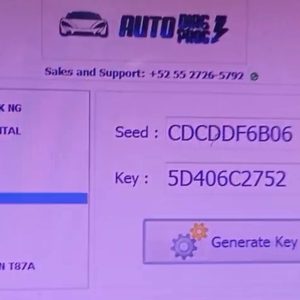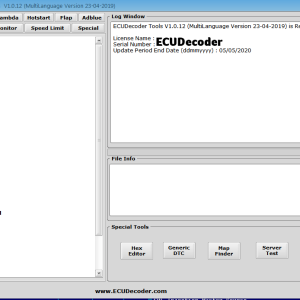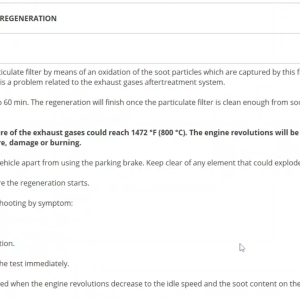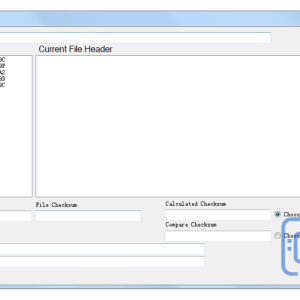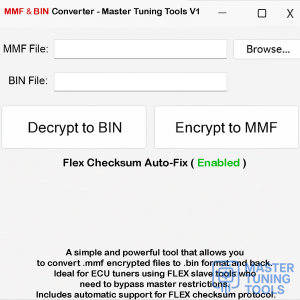Checksum Calculation in ECU Tuning: Ensuring Integrity and Performance ⚙️🔧
in ECU Tuning on October 28, 2025Checksum Calculation in ECU Tuning: Ensuring Integrity and Performance ⚙️🔧
In the realm of ECU remapping and chip tuning, checksum calculation plays a vital role in maintaining the integrity of the data being modified. This technical process ensures that the ECU can correctly interpret the modified data, which is essential for optimal vehicle performance.
What is a Checksum? 📊
A checksum is a value derived from a data set, used to verify the integrity of that data. In ECU tuning, checksums are calculated and validated to prevent corruption of the ECU’s firmware after modifications. If a checksum does not match the expected value, the ECU may reject the new data, leading to potential performance issues.
Importance of Checksum Calculation in ECU Tuning 🔍
Checksum calculation is critical for several reasons:
- ➡️ **Data Integrity**: Ensures that the modified data is free from corruption.
- ➡️ **ECU Compatibility**: Prevents the ECU from rejecting the modified firmware.
- ➡️ **Performance Optimization**: Guarantees that the vehicle runs efficiently with the new parameters.
How Checksum Calculation Works 🔧
The process of checksum calculation involves the following steps:
- ✅ **Data Extraction**: The original ECU map is read using tuning tools like KESS3 or FLEX.
- ✅ **Modification**: The necessary changes are made to the map for performance tuning.
- ✅ **Checksum Calculation**: A new checksum value is computed based on the modified data.
- ✅ **Verification**: The new checksum is compared with the ECU’s expectations to ensure compatibility.
Tools for Checksum Calculation 🛠️
Several popular tuning tools facilitate checksum calculation:
- 🚗 **KESS3**: Known for its ease of use and wide vehicle coverage.
- 🚗 **FLEX**: Offers advanced features for checksum correction and data manipulation.
- 🚗 **CMDFlash**: Provides reliable checksum calculation for various ECU types.
Common Checksum Algorithms Used in ECU Tuning 🔢
Different ECUs may utilize various checksum algorithms. Some commonly used algorithms include:
- ✅ **CRC32**: A widely used algorithm for error-checking.
- ✅ **XOR**: Simple and effective for small data sets.
- ✅ **SUM**: Adds up all byte values to produce a checksum.
⚠️ The specific algorithm used can vary by manufacturer and ECU model, and it is essential to know which one applies to your specific case.
Challenges in Checksum Calculation ❌
While checksum calculation is essential, it can present challenges:
- ❌ **Complex Algorithms**: Some ECUs use proprietary algorithms that are not publicly documented.
- ❌ **Data Corruption**: Incorrect calculations can lead to ECU malfunctions.
- ❌ **Tool Limitations**: Not all tuning tools support every ECU type or checksum algorithm.
Conclusion: The Role of Checksum Calculation in Successful ECU Tuning 🚀
Checksum calculation is a fundamental aspect of ECU tuning that ensures the integrity and performance of modified vehicle parameters. Understanding how to effectively calculate and verify checksums can significantly enhance the success of your tuning efforts. For more information on tuning tools and solutions, explore mastertuningtools.com.

